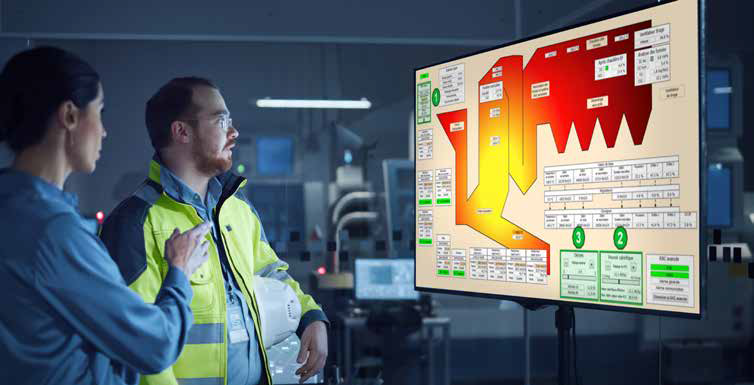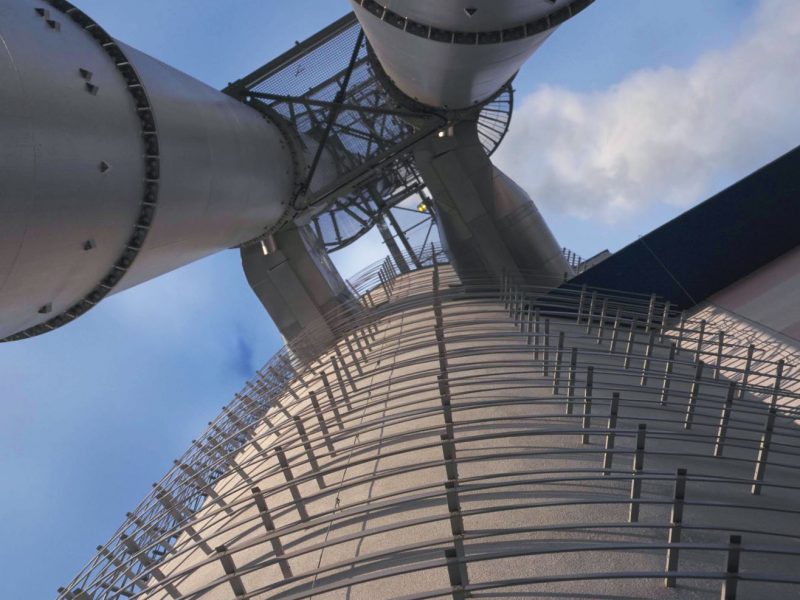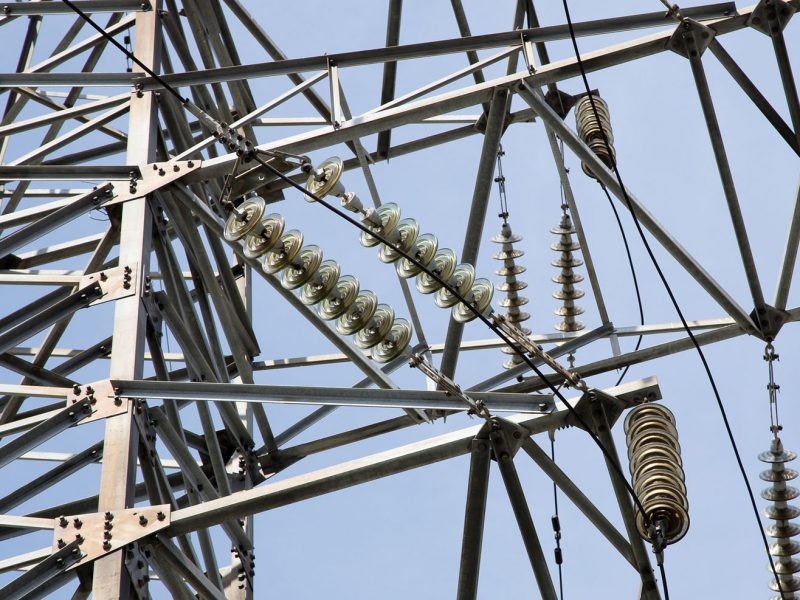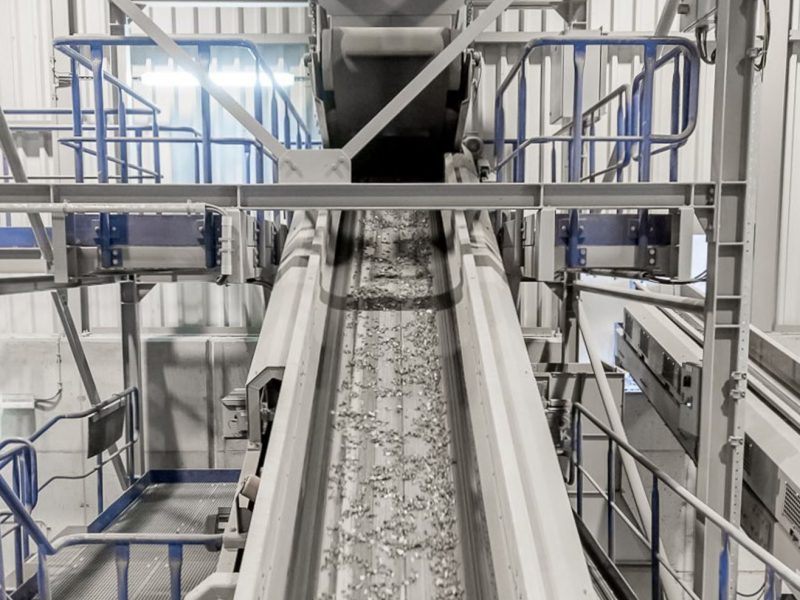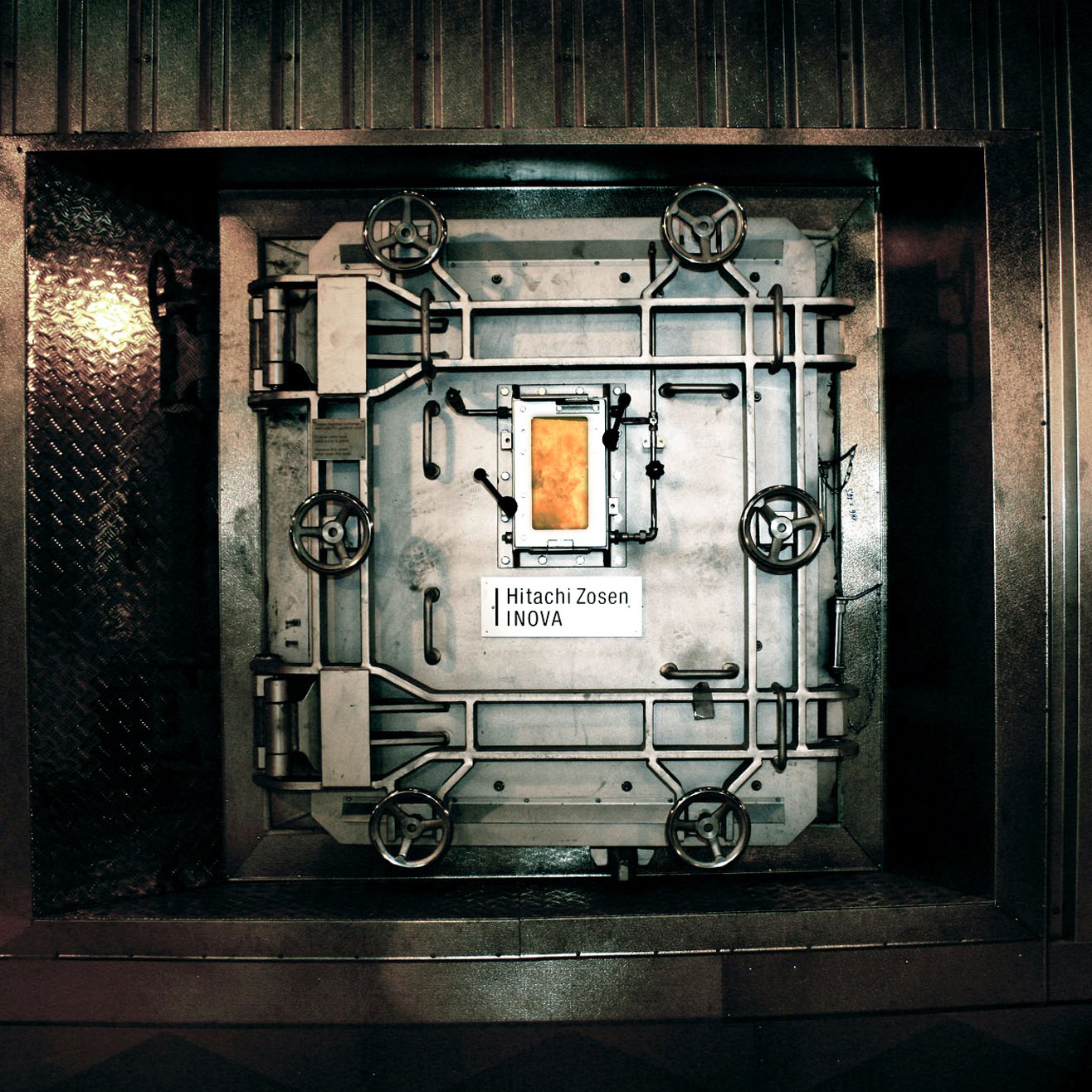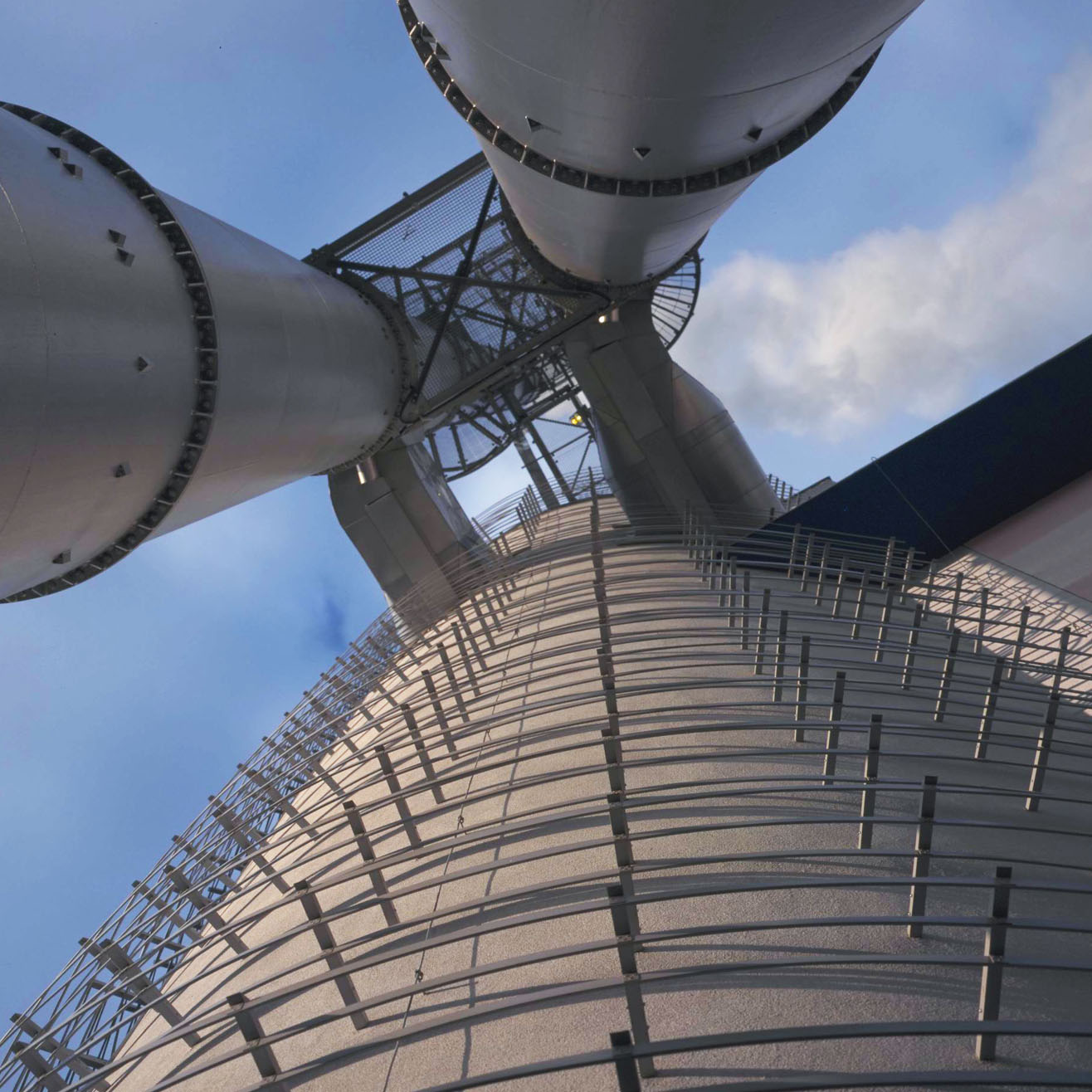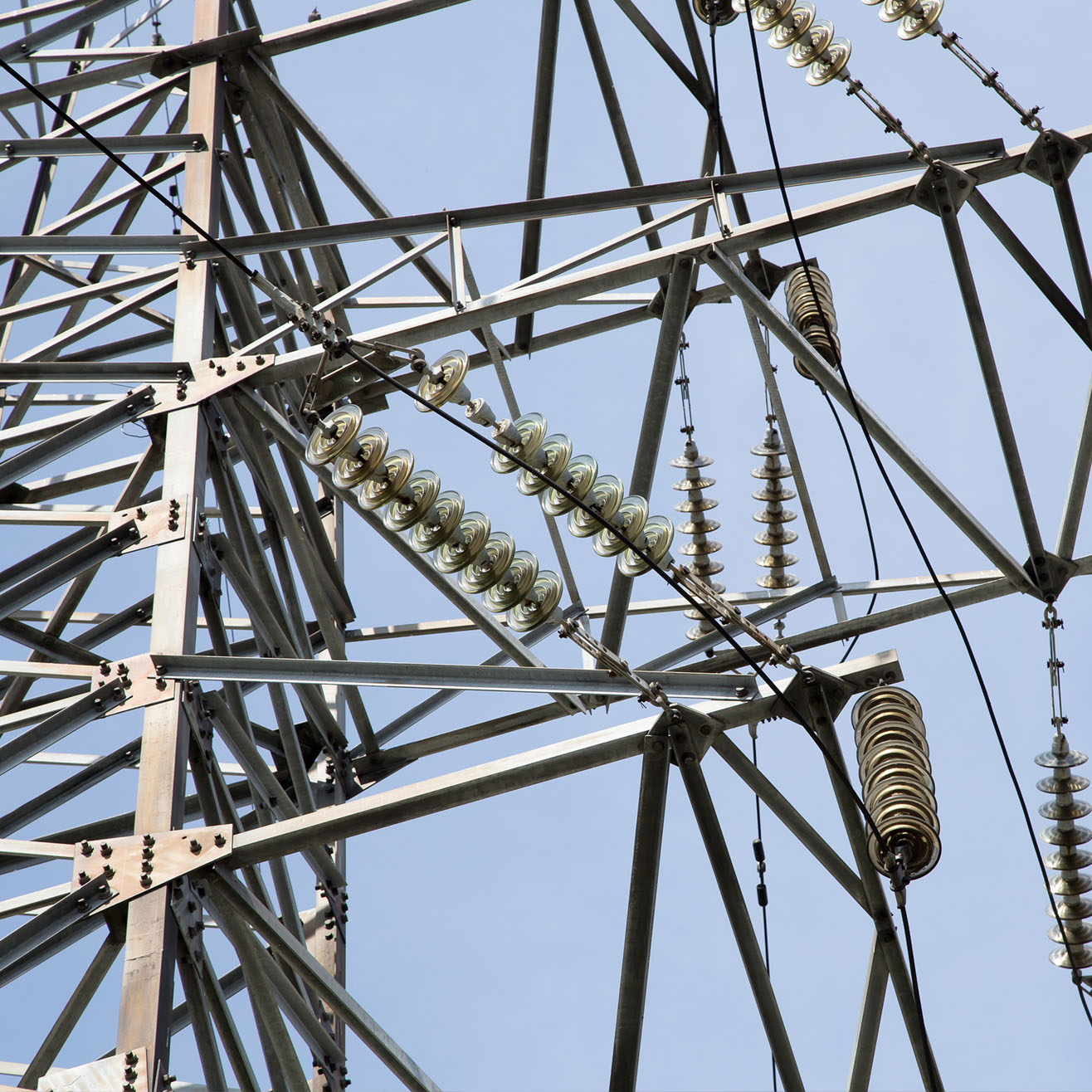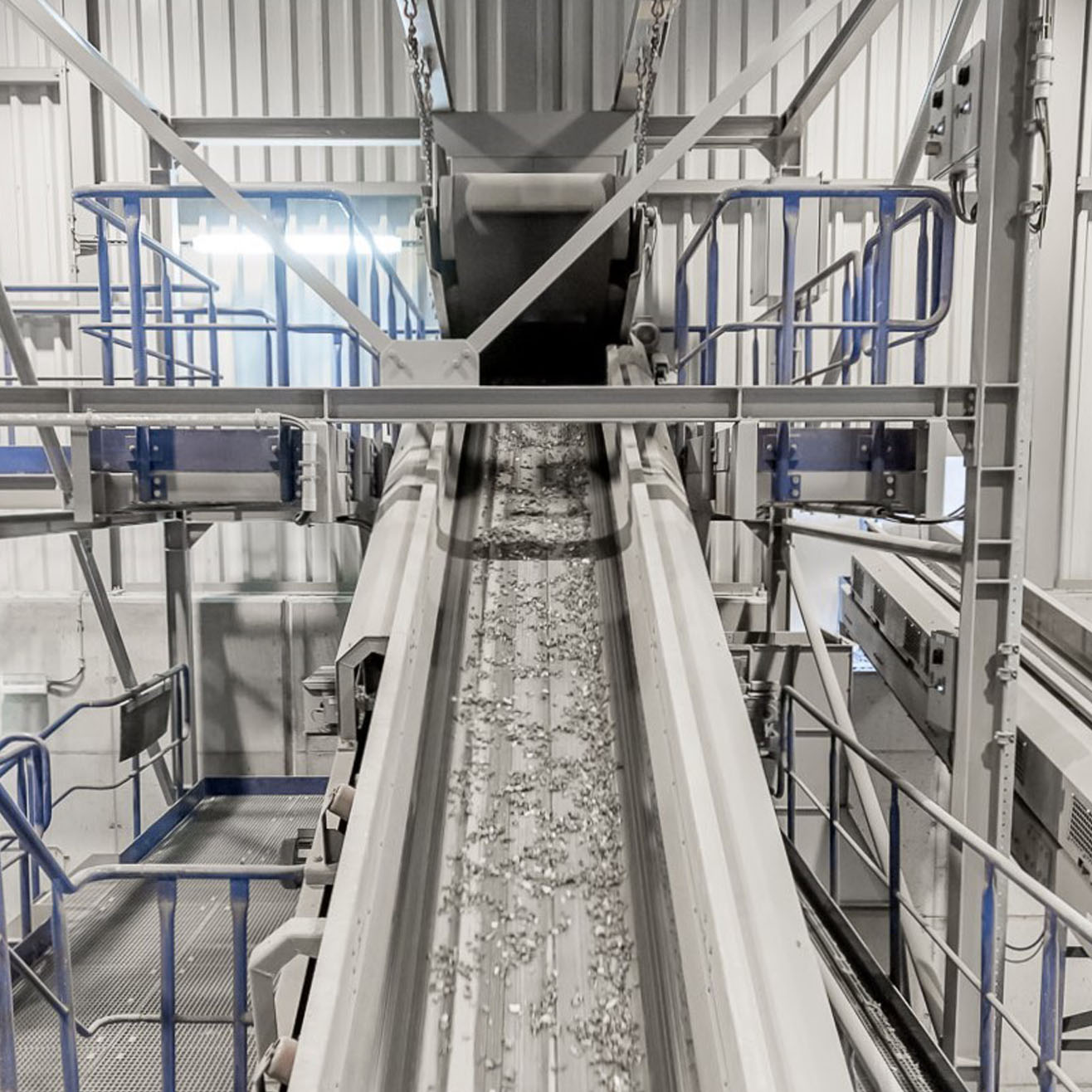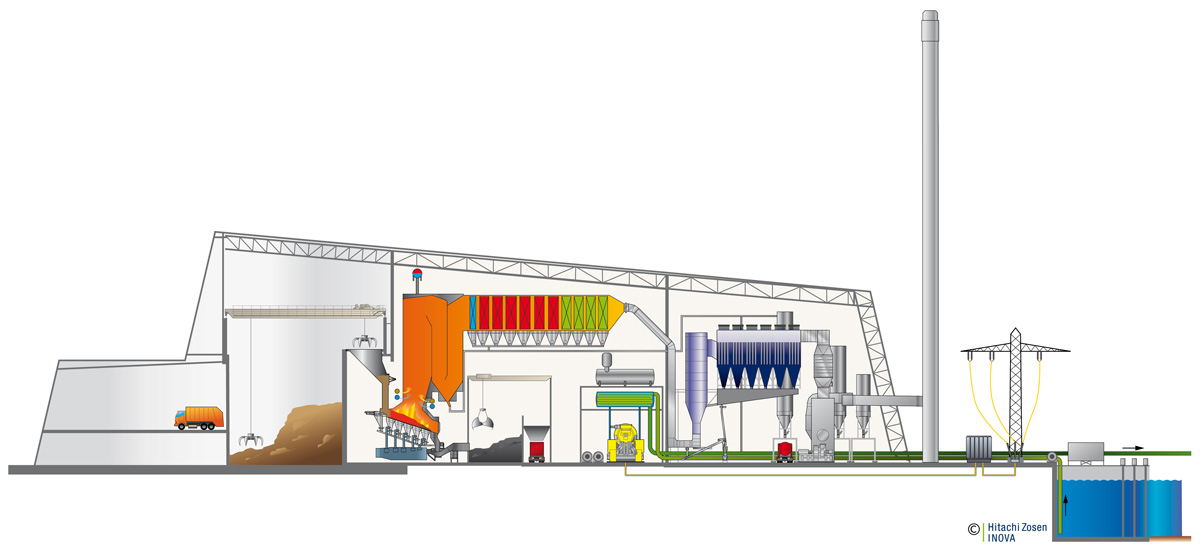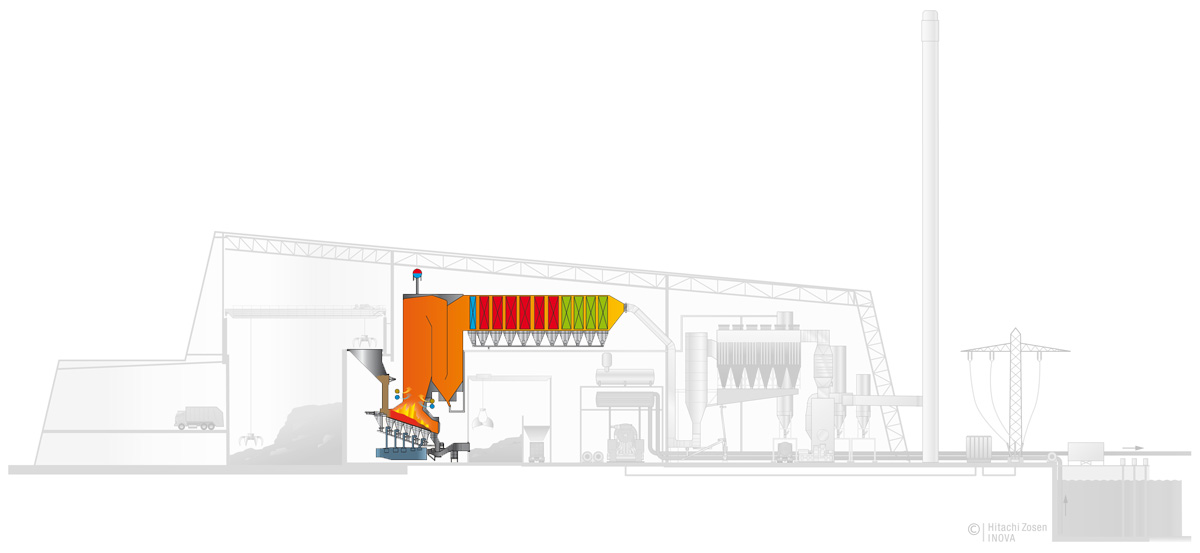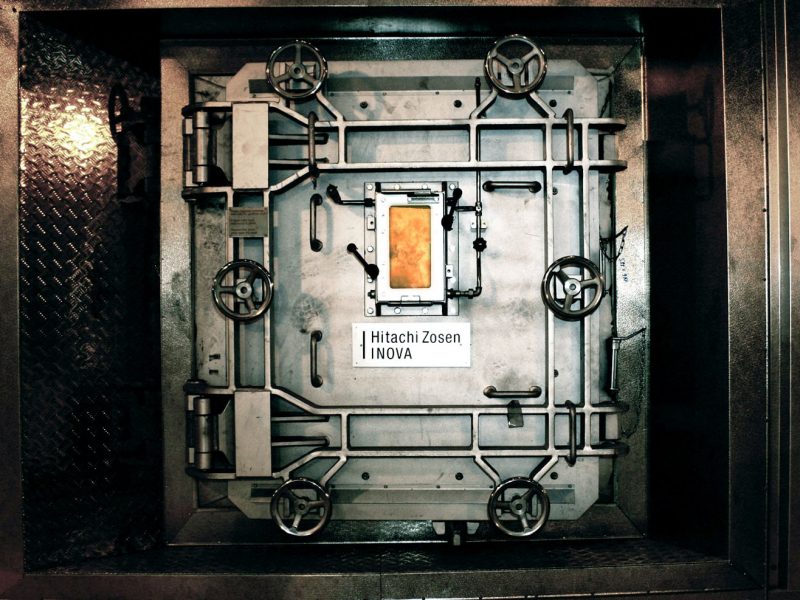
Reliable Technology – Continuously Improved and Optimised
Grate combustion is the best-proven thermal waste treatment technology for mixed municipal solid waste, and the heart of any modern, state-of-the-art Waste to Energy (WtE) plant. HZI has constantly optimised, developed and adjusted its proprietary grate combustion systems to meet changing statutory requirements. Grate combustion is now the most advanced technology with regard to environmental sustainability, operating reliability and cost-effectiveness.
Grate Combustion
Our in-house grate combustion technology is designed specifically for the thermal treatment of municipal solid waste. It has been constantly optimised through decades of operating experience, and now achieves an unsurpassed level of efficiency and reliability.
The core of the combustion process is a maintenance-friendly, inclined reciprocating grate, plus the following elements:
- Waste feeding system
- Air-cooled or water-cooled grate
- Combustion air system
- Flue gas recirculation system
- Advanced combustion control system
- Bottom ash extractor
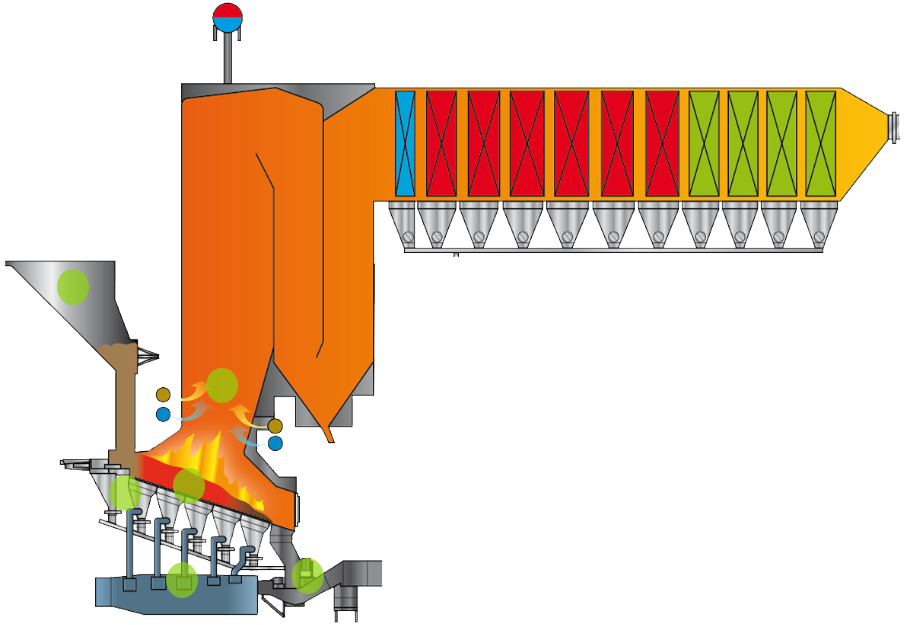
Well-Proven and Reliable Combustion Technology
The rugged construction of the HZI grate and its insensitivity to highly heterogeneous waste fractions are why it remains the most widespread and reliable method for the thermal treatment of residual waste today. In fact, it constitutes the very heart of Waste to Energy plants, and is the technology of choice not only for untreated municipal and industrial wastes, but also for refuse-derived fuels (RDFs) and pre-treated waste.
The waste crane supplies the waste to the feed hopper and ram feeder, which doses it onto the HZI grate in a controlled manner. On the grate the waste is combusted in accordance with strict regulatory requirements governing residual total organic carbon (TOC) content in the resulting bottom ash.
Generating Steam While Cooling the Flue Gases
The flue gas resulting from the combustion process is cooled down in the boiler. In the process, heat is transferred to water, producing steam. This steam is expanded in a turbine or used for heating purposes: what is called combined heat and power (CHP). Some 173 tailor-made HZI steam boilers have been installed in WtE plants worldwide to meet individual client objectives.
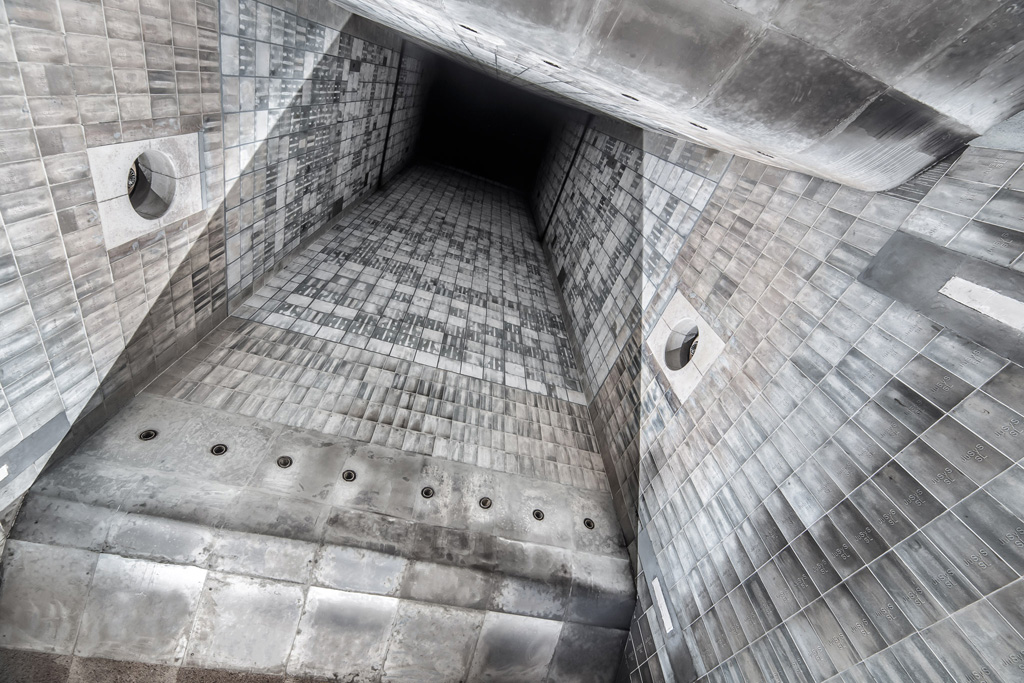
Precisely Adapted for the Highest Combustion Efficiency
More than 1100 HZI grates have been built globally, with capacities ranging from 4 to up to 50 tonnes per hour.
The air- or water-cooled grate with its robust design has proven to be very reliable, and is the most favourable solution in terms of capital and maintenance costs. For waste with higher calorific values, water-cooled grate bars ensure increased lifetime.
On the grate, the waste is combusted in accordance with strict regulatory requirements governing residual total organic carbon (TOC) content in the resulting bottom ash.
The element-based design allows precise adjustment of airflow and waste transport by both lane and zone. This makes the grate ideal for getting equipped with an advanced combustion control system.
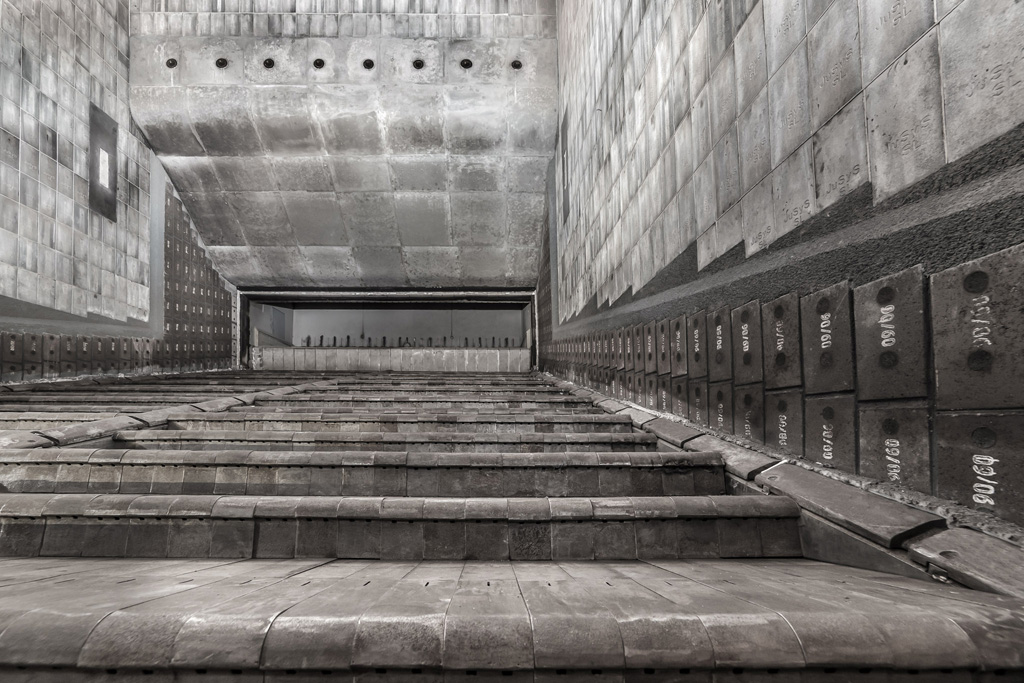
Combustion Control System
AutaroTM by HZI: A Combustion Management System That Doesn’t Only Produce Steam on a Stable Basis.
The main job of a combustion control system is to ensure even plant operation and the constant production of steam. Another key factor is flexibility. Fluctuations in waste compositions and calorific values at different plants require correspondingly flexible processes – and thus the right control system. This is also important if the waste does not burn as desired. In such a case it must be dried and moved, and oxygen must be fed in additionally.
Optimum Combustion with Little Oxygen With AutaroTM the plant can operate with significantly lower oxygen levels than usual and keep the oxygen content downstream of the boiler below 4% – an impressively low value. With combustion optimised by the adaptive reduction of oxygen, a reduction of NOx is also achieved without exceeding CO limits. This in turn leads to a reduction in the use of DeNOx additives. If less air is blown in, less fly ash and exhaust gases are produced. This means new plants can be designed with smaller flue gas systems.
There are also considerable savings in energy consumption and a lower overall environmental impact, which makes the plant particularly sustainable. In retrofits, new reserves can be created by operating at a low oxygen level, meaning that higher loads can also be achieved.
